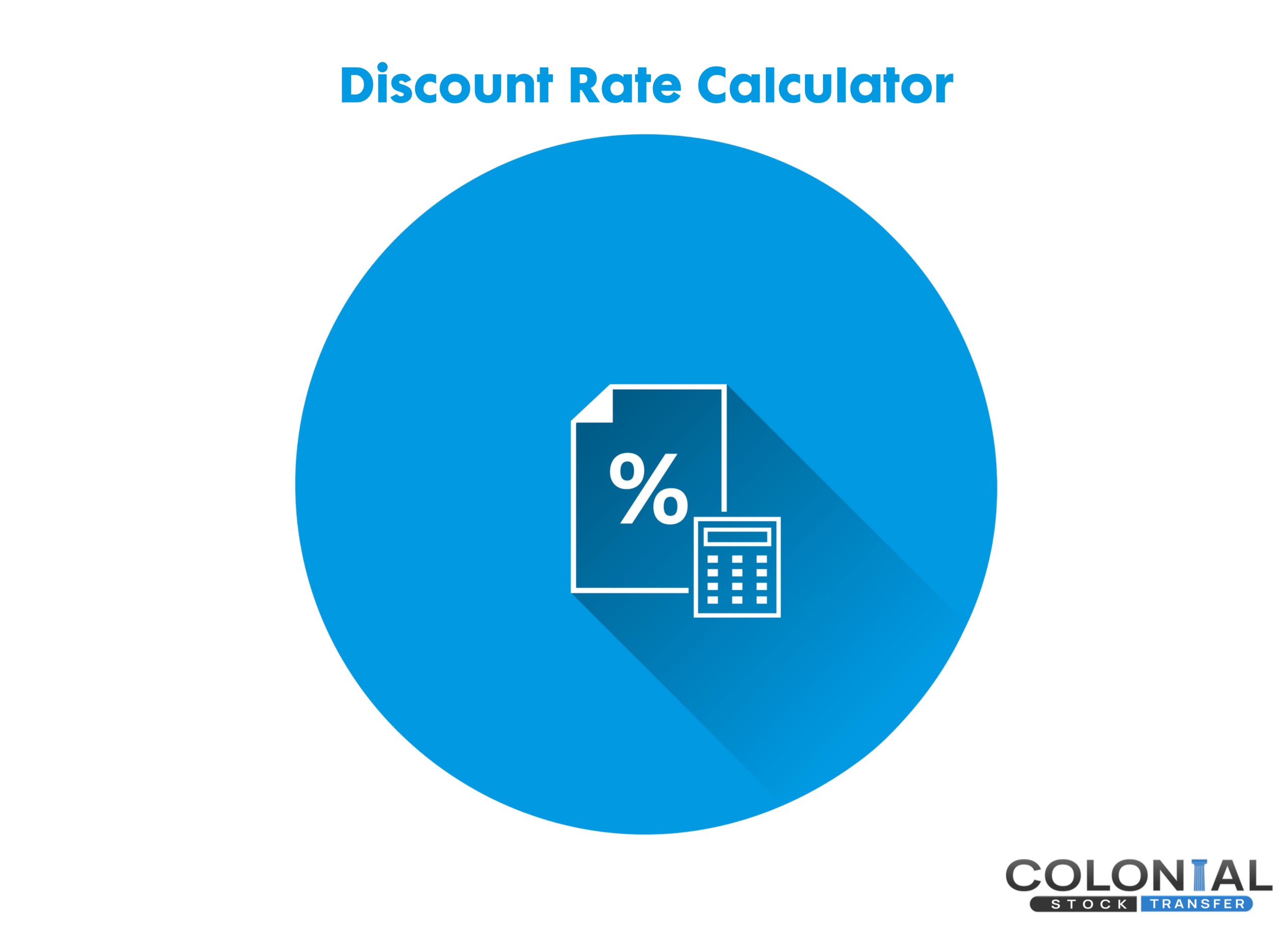
WACC is an acronym short for the weighted average cost of capital. The WACC across a period of five years or a decade is often used as the DCF’s discount rate. The purpose of using the WACC formula is to determine how a business raises funds, whether as a stock, bond or long-term debt. WACC is commonly used as a hurdle rate, meaning the cost of acquiring capital. If the return is less than the hurdle rate, it is cause for concern.
How to Calculate the Discount Rate Using the WACC Formula
The WACC version of the discount formula is as follows: WACC = E/V x Ce + D/V x Cd x (1-T)
The E in this equation represents the value of equity
- T stands for the tax rate
- D is the debt value
- Ce is the cost of equity
- Cd is the cost of debt
- The letter “V” is the summation of D and E
In short, the WACC approach to DCF involves finding the cost of the specific form of capital, weighting each by its respective percentage and adding them together. Each capital source’s cost in terms of equity and debt is multiplied by its specific weight prior to summation.
Why Is WACC Important?
WACC is important for a variety of reasons. This formula is important for company managers, analysts, and investors, but it is important for different reasons. Below is a list of examples of how the WACC might be used in the real world:
- Company managers might use this formula to estimate the net present value of the company.
- Investors and analysts might use this formula to figure out if a company is overweighted or underweighted, particularly if it is publicly traded.
- Companies may use it when deciding if it is worth it to acquire another business.
(If a company uses WACC and estimates that it will generate a higher rate of return than the cost of capital in acquiring another company, then it may decide to move forward with that merger or acquisition. On the other hand, if the management team estimates that there will be a lower return on the capital used in the acquisition when compared to what investors expect, then they may think twice about acquiring that company). - WACC is a way for the company to measure its cost of borrowing money, and the formula uses both equity and debt in its calculation. Because many businesses run using borrowed funds, the overall cost of capital is very important when calculating the net profitability of a company.
In general, a lower WACC indicates that the business is healthy and should be able to attract investors at an overall lower cost. On the other hand, if WACC is higher, it indicates that the business is seen as riskier, and it may need to compensate its investors with an overall higher rate of returns.
Understanding the Cost of Equity and the Cost of Debt
It is important to take a closer look at how to calculate the cost of equity and the cost of debt, as both of these are important elements in the formula. The cost of equity can be a challenge to calculate because share capital does not have an explicit value.
When companies reimburse the holders of their bonds, they need to pay a predetermined interest; however, equity does not have a firm price that companies need to pay. Therefore, companies are required to estimate the cost of equity, and the rate of return that investors demand is generally going to be a function of the volatility of the stock.
Shareholders expect a specific rate of return on their investments, and from the company’s perspective, this is a cost. If the company does not deliver on its expected rate of return, the shareholders are simply going to sell off those shares, which will hurt the company’s value and its overall share price. Therefore, the cost of equity is the total return that a company has to generate in order to maintain a specific share price that will satisfy its remaining investors.
There are different ways that companies can estimate the cost of equity, but one popular option is the Capital Asset Pricing Model, or CAPM. This is another estimation, not a precise value, as firms will have to use their historical data as a part of the calculation. Past history is not necessarily a predictor of future performance.
While the cost of equity can be difficult to calculate, the cost of debt is relatively straightforward. The company simply has to take its outstanding debt, average the yield to maturity, and use this information to represent the cost of debt. If you want to do this yourself, all you have to do is take a look at the debt obligations for publicly traded companies, as they are required to report them.
How Does the Required Rate of Return (RRR) Impact WACC?
When taking a look at the required rate of return (RRR), this is the minimum weight that an investor expects for a specific investment or project. One of the easiest ways to calculate the RRR is to use the CAPM from above. This uses the volatility of the stock when compared to the broader market, which is typically called the beta. Then, this information can be used to estimate the required rate of return that stockholders will ask for. If this rate of return is not met, stockholders could respond by selling the stock.
Another way to estimate the RRR is to calculate the WACC. WACC uses the company’s capital structure in the equation, which the CAPM does not. The capital structure is important because it represents how much the company leans on equity versus debt financing. Then, companies can use WACC to estimate the required rate of return and make sure they are meeting the demands of their investors.
Are There Any Drawbacks To WACC?
Even though the formula seems relatively straightforward, it can still be a difficult calculation. There are several elements in the formula, including the cost of equity, which are not necessarily consistent. Different companies have different ways of reporting them, and they may switch the way they report these elements for various reasons. As a result, WACC can provide some valuable insights into how a company operates, but it might not necessarily be the best option for figuring out whether to invest in a specific company.
Furthermore, some balance sheets can be very complicated to navigate, particularly when there are numerous types of debt with different Interest rates. These elements can make it more difficult to calculate WACC, and other elements, including tax rates and interest rates, can be impacted by economic conditions and drastically change the final value.
For these reasons, it is important to think about how WACC can be used and how other formulas, such as adjusted present value (or APV) can be used. This is a formula that is often used by companies and analysts who are trying to decide whether to acquire another company, but investors who are trying to use this formula to decide whether to invest in a company may want to compare WACC to other formulas and use all of the values together to drive their investment decisions.





